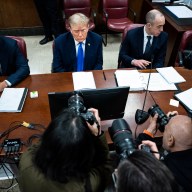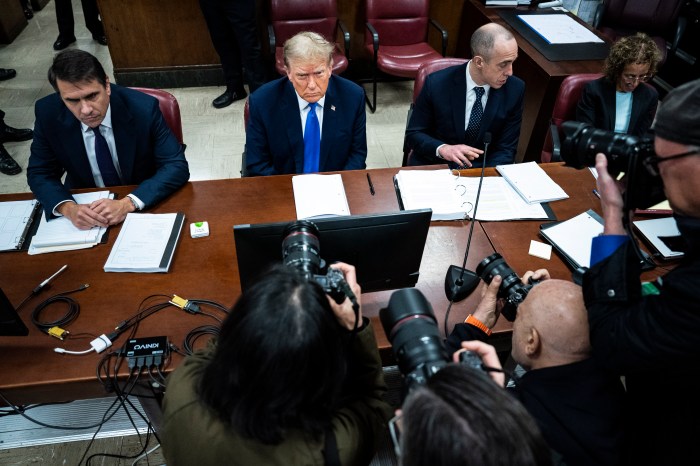By Hideyuki Sano
TOKYO (Reuters) – Japanese investors may soon be forced out of their U.S. debt investments as currency hedging costs soar on the prospect of higher interest rates and tougher U.S. money market regulations. With returns on U.S. Treasuries falling to around zero percent after deducting hedging costs, some investors have abandoned U.S. bonds and returned to the domestic bond market.
Japan’s conservative fund managers turned to higher-yielding foreign bonds, particularly Treasuries, earlier this year after the Bank of Japan stunned markets with its negative interest rate policy to help reflate the economy. “At least one big Japanese institutional investor appears to have switched back to domestic bonds last month because dollar hedging costs have become so expensive,” a bond trader at a European brokerage said. Some investors are also foregoing currency hedging to boost returns – a practice they had largely avoided since the 2008/09 global financial crisis.
“Some investors appear to have started buying foreign bonds without currency hedging. I think that is a part of the reason the dollar strengthened recently,” said a currency trader at a North American bank. The dollar rose to a 2-1/2-month high of 104.64 yen In their hunt for yield, Japanese investors bought 21.4 trillion yen ($208 billion) of foreign bonds in the nine months to September. That was near the annual record of 21.9 trillion yen marked in 2010. A large number of such purchases are hedged – such as via currency swaps or bond repurchase agreements – to limit exposure to currency swings. For example, investors borrow dollars for three months to buy 10-year Treasuries. That was a fairly attractive strategy when the U.S. Federal Reserve kept interest rates near zero percent and 10-year Treasuries But three-month hedging costs have climbed to around 1.5-1.6 percent, compared with the 10-year U.S. debt yield that moved between 1.5 to 1.8 percent in the past month.
Hedging costs have jumped due to more expensive dollar funding.
New U.S. regulations on money market funds prompted U.S. investors to pull funds out of prime MMFs, which was a major source of dollar funding for non-U.S. banks including Japanese institutions.
With many players including Japanese investors rushing to secure dollar funds ahead of the new Securities and Exchange Commission rules that took effect on Oct. 14, three-month dollar LIBOR The LIBOR could rise further if the Fed lifts its policy rate as widely expected in December.
Japanese players must also bear the costs of swapping yen to dollars at a time when massive demand for dollar funding is adding to the crunch.
The three-month swap costs rose to as high as 0.81 percent (Editing by Jacqueline Wong)
















